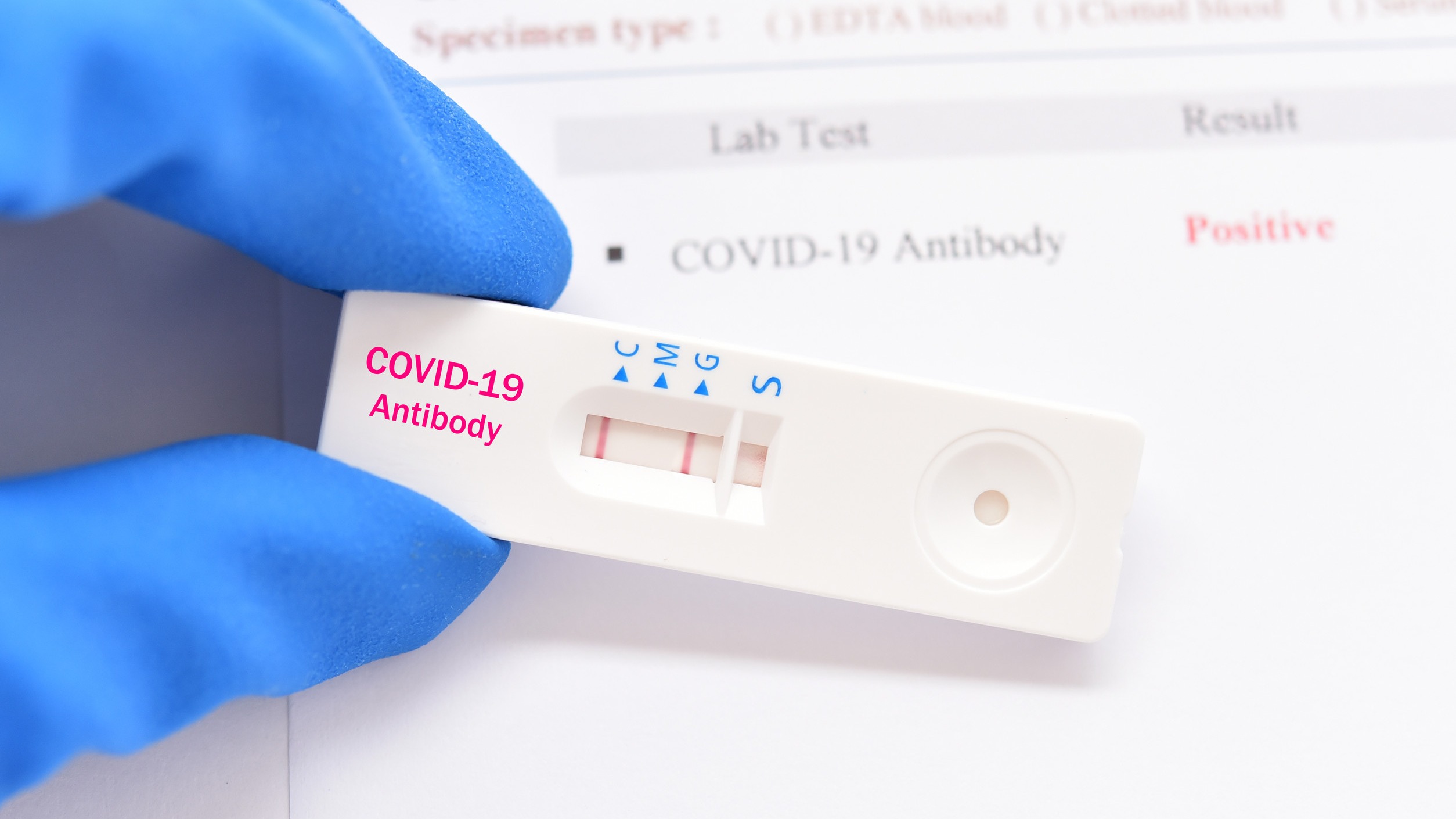
The Global COVID-19 Tracker: Keeping You Informed About Health Trends
The COVID-19 pandemic has indelibly marked global health trends and impacted fitness and wellness. With a wealth of information available, the Global COVID-19 Tracker serves as a vital resource, providing cumulative data on confirmed cases and deaths, framed through a public health lens.
A Comprehensive Look at Data Reporting
According to the tracker, which has been operational since March 7, 2023, the data is sourced from the World Health Organization (WHO). This marks a transition from earlier reliance on the Johns Hopkins University database, ensuring accurate and reliable reporting. The weekly updates highlight growing concerns and trends related to COVID-19, making it essential for public health officials, researchers, and individuals invested in health and wellness.
Addressing the Lag in Data Reporting
One of the significant aspects of maintaining accurate health data is recognizing the latency in reporting. The tracker acknowledges a two-week lag, a particularly important factor for health professionals and policymakers who rely on current data to make informed decisions. Understanding these nuances in health reporting can better equip suburban professionals to manage their health and fitness strategies amidst ongoing fluctuations in COVID-19 cases.
Understanding the Cumulative Numbers
As of the latest report, the cumulative data presented illuminates the grave impacts of the pandemic on global health. This information not only garners attention from health enthusiasts but also paves the way for discussions on health and wellness strategies. Awareness of these numbers allows individuals to compare their health literacy and personal fitness practices against wider global trends.
The Importance of Health Trends in Your Community
For suburban professionals, understanding health data is essential for personal and community wellness. The correlation between fitness trends during the pandemic highlights the need for continuous engagement and education about health. A robust comprehension of the data reported by the Global COVID-19 Tracker can inspire community members to adopt healthier lifestyles. Furthermore, as fitness trends evolve, individuals can leverage such data to tailor wellness routines suitable for their unique environments.
Research Trends in COVID-19
Ongoing research surrounding COVID-19 is essential not only for public health but also for fitness and health sectors trying to recover from the pandemic's impact. The tracker provides a baseline understanding for researchers examining public health implications and potential outcomes related to physical well-being. Disparate data from regions across the globe contributes to a fuller picture, allowing for comparative analyses for health professionals and fitness experts alike.
Conclusion: Stay Informed, Stay Healthy
As we look toward the future, maintaining awareness of COVID-19 data and its implications on health is paramount. The pandemic has sparked vital conversations on wellness, fitness, and personal health strategies. With reliable trackers like this, individuals can act based on informed decisions, potentially shaping a healthier future. As a professional or enthusiast in health and wellness, diving into current trends can uplift not only personal fitness but also foster community health initiatives. Let's move proactively towards protecting our health and well-being!
 Add Row
Add Row  Add
Add 




Write A Comment